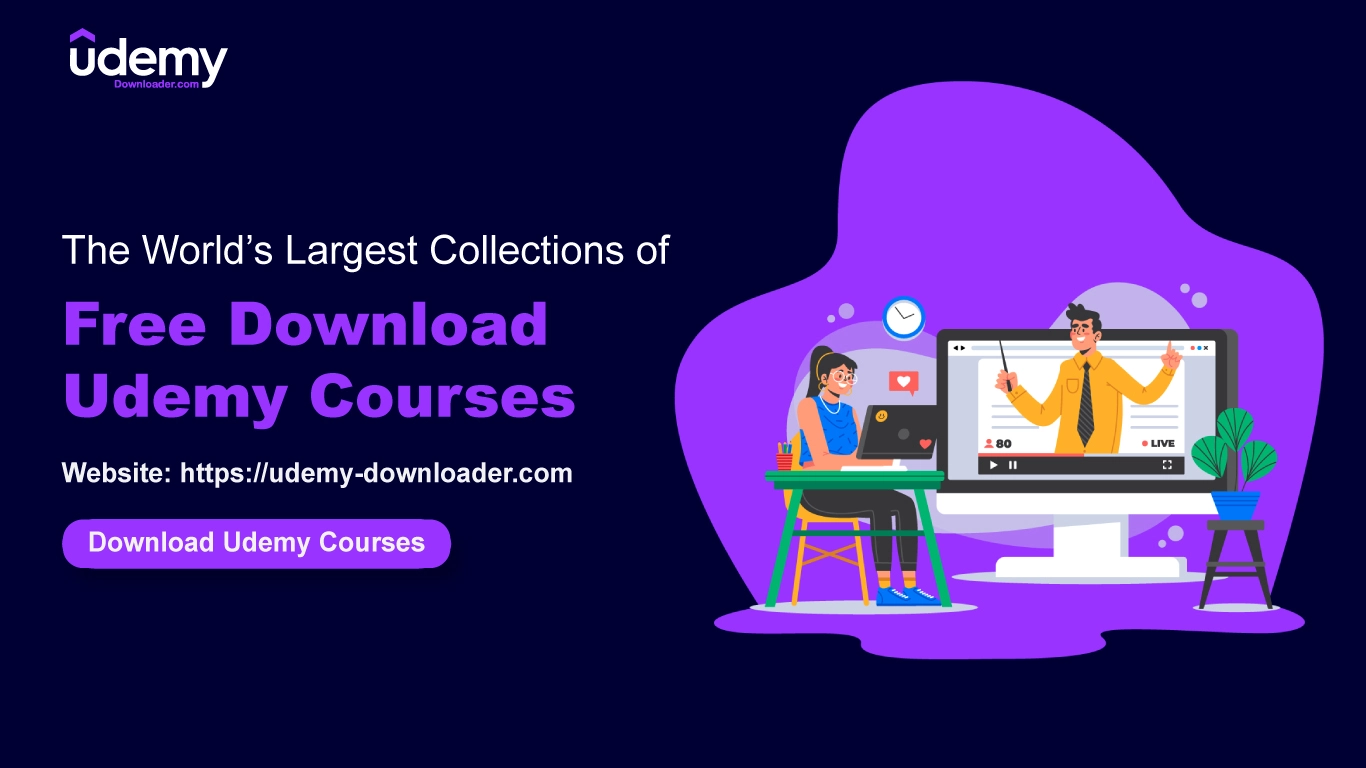Master Cluster Analysis: From Data to Market Insights
Leverage Cluster Analysis & Data Analytics to Uncover Patterns, Optimize Strategies, and Deliver Customer Value

Master Cluster Analysis: From Data to Market Insights udemy course free download
Leverage Cluster Analysis & Data Analytics to Uncover Patterns, Optimize Strategies, and Deliver Customer Value
In today’s highly competitive and data-driven business landscape, understanding and segmenting your customers is more critical than ever. The ability to identify key customer segments, uncover patterns in consumer behavior, and leverage data for decision-making is what separates successful businesses from the rest. Whether you’re a product manager, marketer, data scientist, or sales professional, mastering the art of cluster analysis can drastically improve how you target, engage, and deliver value to your market.
Why Learn Cluster Analysis?
Cluster analysis is a statistical method used to group similar data points together, allowing you to categorize large amounts of information into distinct clusters. When applied to market segmentation, cluster analysis helps businesses identify distinct customer groups based on factors like demographics, behaviors, and preferences. These insights enable businesses to tailor their marketing strategies, product development efforts, and sales initiatives to specific customer segments, resulting in more personalized and effective campaigns.
For example, while you may have millions of customers, cluster analysis allows you to segment them into a few distinct groups. Customers within each group share similarities, making it easier to understand their behaviors and preferences. This is essential for designing targeted marketing campaigns, customizing product offerings, and improving customer satisfaction.
In this comprehensive course, Mastering Cluster Analysis, we will dive into the world of data science and clustering techniques to help you make informed, data-driven decisions. Whether you’re working with large datasets or qualitative data, you’ll learn how to apply clustering methods effectively to improve your business outcomes.
What Will You Learn?
This course covers everything you need to know about cluster analysis, from basic concepts to advanced techniques. By the end of the course, you will have a thorough understanding of how to apply cluster analysis for market segmentation, customer profiling, and data-driven decision-making. Here’s a breakdown of the key lessons you’ll explore:
Introduction to Cluster Analysis: Begin your journey by understanding the fundamentals of cluster analysis and why it’s crucial for data-driven market segmentation. Learn the types of data that can be clustered and the business applications of clustering in various industries.
Objective of Cluster Analysis: Learn how cluster analysis can support your business objectives, from improving marketing strategies to refining product development processes. You’ll understand the importance of setting clear goals for your cluster analysis projects.
Data Analytics Tools: Get hands-on experience with popular data analytics tools used to perform cluster analysis. You’ll explore how these tools can be used to handle large datasets and apply clustering techniques efficiently.
Data Analytics Techniques: Delve into various data analytics techniques that are foundational to successful cluster analysis. Learn how to preprocess data, manage missing values, and select appropriate variables for clustering.
Data-Driven Segmentation: Learn how to leverage data-driven segmentation to categorize your audience based on behavioral, demographic, and psychographic data. Discover how businesses use segmentation to target specific customer groups and improve marketing efforts.
Cluster Analysis Techniques: Master the key cluster analysis techniques, including hierarchical clustering, k-means clustering, and clustering with qualitative data. You’ll gain a deep understanding of how to choose the right clustering method based on your data and objectives.
Dendrogram Interpretation: Understand how to use dendrograms, a visual representation of hierarchical clustering, to interpret and analyze your data. Dendrograms, help you visualize clusters and make informed decisions about where to cut and define segments.
Hierarchical Clustering: Explore how hierarchical clustering groups data into nested clusters. Learn how to apply this technique to real-world business cases, such as customer segmentation and market research.
K-Means Clustering: Dive deep into k-means clustering, one of the most popular and widely used clustering techniques. This method partitions data into distinct groups based on similarities, and you’ll learn how to implement it for business use cases like audience segmentation and customer analysis.
Clustering with Qualitative Data: Learn how to apply clustering techniques to qualitative data, such as survey responses and interview transcripts. You’ll discover how clustering qualitative data can reveal hidden patterns and insights that are invaluable for making business decisions.
Practical Applications
By the end of this course, you’ll be equipped with the skills to apply cluster analysis across various industries, including marketing, sales, product development, and customer service. Here are a few examples of how you can use your new skills:
Customer Segmentation: Use cluster analysis to group customers based on similar behaviors and preferences, allowing you to tailor your marketing campaigns to specific audience segments.
Product Development: Identify customer segments with unique needs and preferences, enabling your team to develop products that meet the demands of these specific groups.
Market Research: Gain deeper insights into your target market by applying clustering techniques to market research data, helping you refine your go-to-market strategies.
Sales Targeting: Use segmentation insights to align your sales strategy with the most profitable customer segments, improving conversion rates and sales efficiency.
Top Skills You Will Learn
Clustering Methods: Master various clustering techniques, including hierarchical clustering, k-means clustering, and clustering with qualitative data.
Data Analytics Tools: Learn to use popular data analytics tools to conduct cluster analysis efficiently.
Data-Driven Market Segmentation: Leverage cluster analysis to segment markets and uncover actionable business insights.
Interpreting Dendrograms: Learn how to read and interpret dendrograms to visualize hierarchical clusters.
Qualitative Data Clustering: Apply clustering techniques to qualitative data to reveal hidden patterns and trends.
Who Should Enroll?
This course is ideal for anyone interested in data science, market segmentation, or cluster analysis. Whether you’re a product manager, marketing professional, sales expert, or a data scientist, this course will help you understand and apply cluster analysis to real-world business scenarios. Even if you’re new to data science, the course’s step-by-step approach will make learning easy and engaging.


